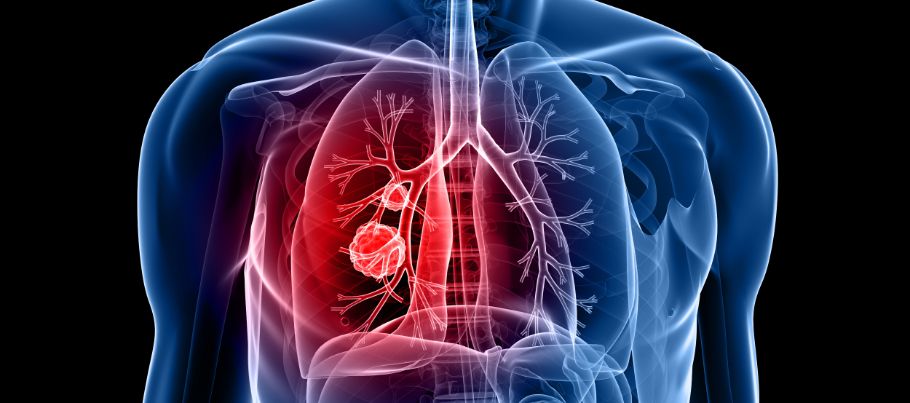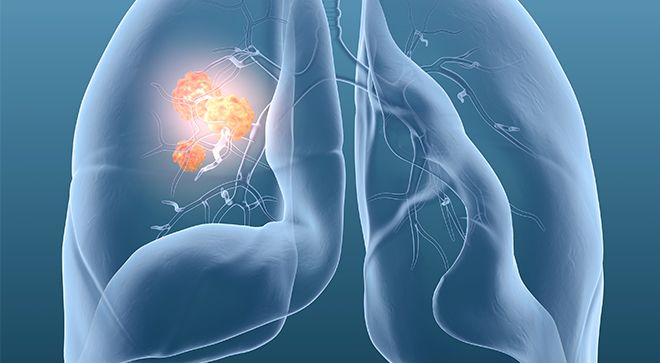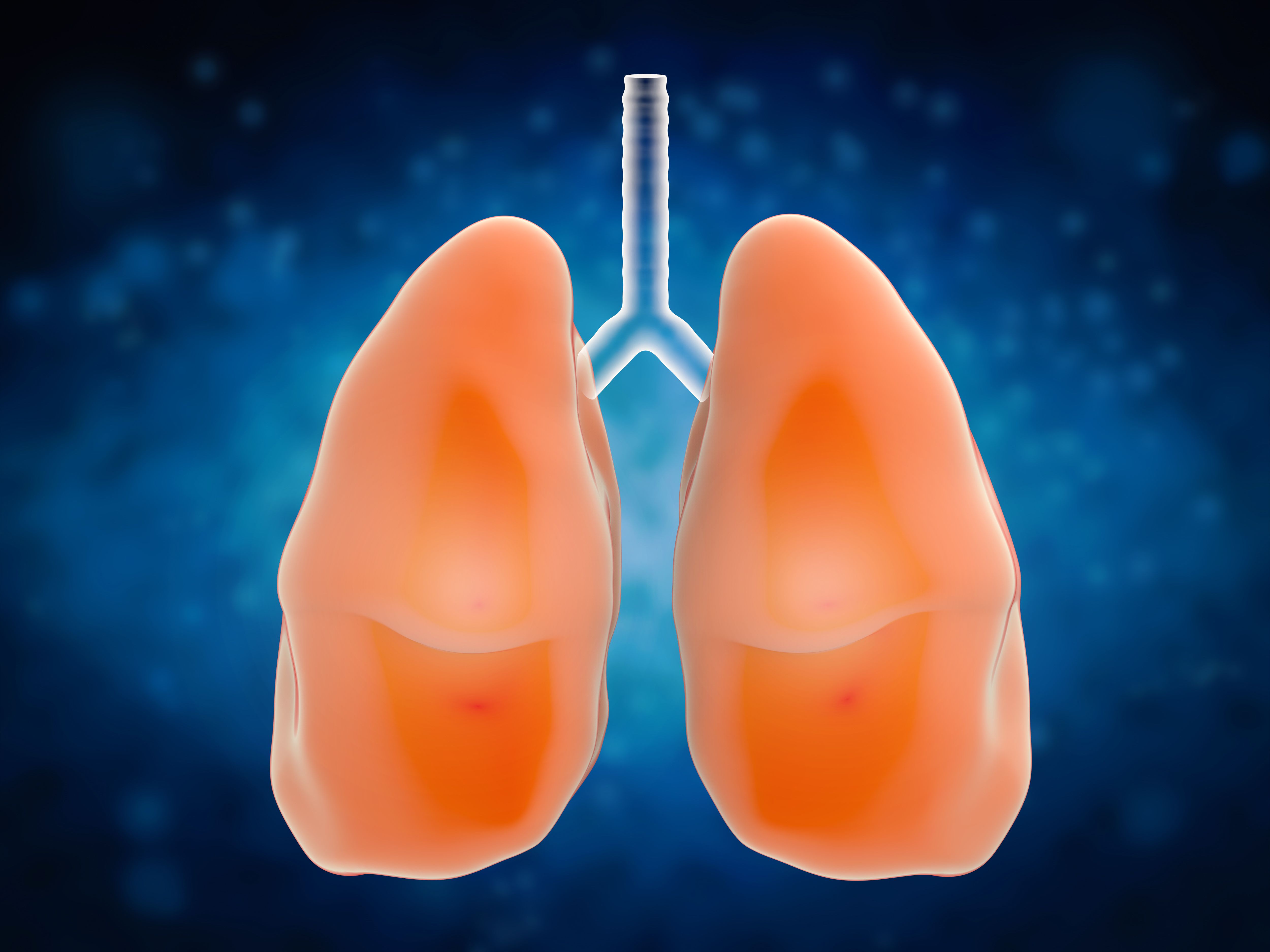Article
Stage Four Lung Cancer
Author(s):
Some cancers discriminate – men versus women – senior citizens versus middle-aged adults – race versus race. Some cancers, however, don’t really care who they hit and lung cancer is one of those.
Kathryn E. Vinson, MS, CCRC

Some cancers discriminate – men versus women – senior citizens versus middle aged adults – race versus race. Some cancers, however, don’t really care who they hit. Lung cancer is one of those nasty cancers that can seemingly hit anyone. It is the second most common cancer in both men and women. While black men are 20% more likely to develop lung cancer than white men, black women are 10% less likely to be diagnosed than white women. We all know the biggest risk factor – smoking – but there are other factors that can come into play, striking us seemingly without warning. Let’s take some time today to talk about stage four lung cancer, the types, the symptoms, treatment options and survival rates.
Types of Lung Cancer
Lung cancer is broken down into three broad groups: non-small cell lung cancer, small cell lung cancer, and, lung carcinoid tumors. These three types of lung cancer will affect an estimated 228,150 Americans in 2019 alone.
Non-small cell lung cancers account for roughly 85% of all lung cancer diagnoses.
Small cell lung cancer represents 10-15% of lung cancers and tends to be more aggressive and faster growing.
Lung carcinoid tumors, also known as neuroendocrine, account for only about 5% of all lung cancers. These tumors tend to be slow growing and don’t spread much beyond the lungs.
Lung cancer risk factors
As I mentioned above – the number one risk factor for developing lung cancer is smoking. Cigarettes, cigars, and second-hand smoke all increase the risk. It should be noted that smoking is also a major risk factor in the development of bladder cancer!
Other risk factors for the development of lung cancer include: exposure to radon, asbestos exposure, older age, chemical exposure in the work place, arsenic in drinking water, and family history.
Symptoms of lung cancer
The American Cancer Society provides us with the following list of common lung cancer symptoms:
- Persistent or worsening cough
- Blood in phlegm or spit
- Chest pain that is made worse by activities such as taking a deep breath, coughing, or laughter
- Hoarseness
- Unexplained loss of appetite
- Unexplained weight loss
- Dyspnea or a feeling of being short of breath
- Fatigue and weakness
- Persistent or recurrent infections such as bronchitis or pneumonia
- Unexplained wheezing
When lung cancer spreads to distant parts of the body, as in Stage IV lung cancers, be aware of other symptoms such as bone pain (when the spread is to the bones), nervous system changes (headaches, tremors, blurred vision), jaundice, and lumps appearing beneath the skin.
Lung cancer survival rates
As non-small cell lung cancer is by far the most common form, our focus will be primarily there. The group that monitors survival rates for lung cancer groups these rates by their spread, rather than the I-IV numbers we are accustomed to hearing. Localized lung cancers have not left the lungs, while regional spread means that the disease has only spread to nearby lymph nodes or structures. Distant spread, however, corresponds with stage IV, or metastatic disease.
As we see above, and with all cancers, early detection is key.
Treating Stage IV Lung Cancer
Sadly, when lung cancer is diagnosed at a late stage, most treatments are aimed at pain control and extending quality of life. These options depend upon the overall health of the patient, as well as their desires. Surgery, chemotherapy, radiation, and immunotherapy are all treatment methods that can be used to make the patient more comfortable. Clinical trials may also be an option, but should be discussed with your physician for appropriateness.
If you or a loved one are facing lung cancer, please that know you are not alone. Amazing support groups, as well as caregiver assistance, and local cancer resources are available nation and world-wide to lend a helping hand, a shoulder, or an ear in your time of need.
As always, much love, many prayers, and abundant blessings to all of the warriors out there!





